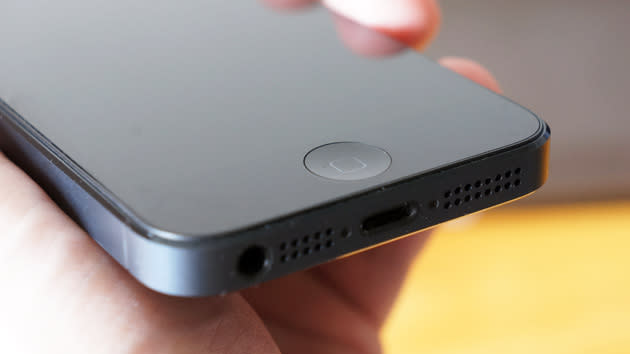Apple's new Lightning spec allows for smarter, better-sounding headphones

When Apple first unveiled its Lightning connector, there was a debate about whether or not it was needed at all: what can this proprietary tech do that standard micro-USB can't? Well, it looks like we're going to find out soon. Sources for 9to5 Mac understand that Apple has published a new specification that lets headphone makers use an iOS device's Lightning port for audio instead of the normal 3.5mm jack. On a basic level, this allows headsets to launch apps and carry more than just the usual playback controls. However, there's reportedly an advanced spec that permits a lot more -- headphones could include digital-to-analog converters and other processing that overrides what's in the device. If you're not happy with the fidelity of the built-in hardware, a new pair of cans could provide an upgrade.
Since Lightning can also supply power in both directions, either new spec could eliminate a number of electricity-related problems. External audio processing wouldn't always need a separate energy source; you could do active noise cancellation that draws only on the host device for power. You could alternately charge an Apple gadget through batteries that are built into the headphones or attached with a pass-through cable.
Whether or not manufacturers take up the spec is another matter. To support Lightning without abandoning listeners on other platforms, companies would have to either bundle extra cabling or else sell multiple versions of the same gear. Those feats are easy for higher-end brands, but may be tougher for newer or more budget-conscious outfits. Even if others are skittish, though, the tech could come in handy now that Apple owns Beats -- future official headphones could both sound better and integrate well with your iPhone.
